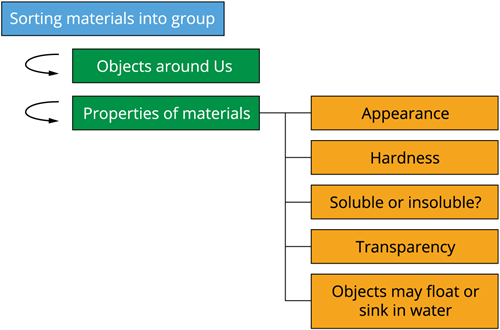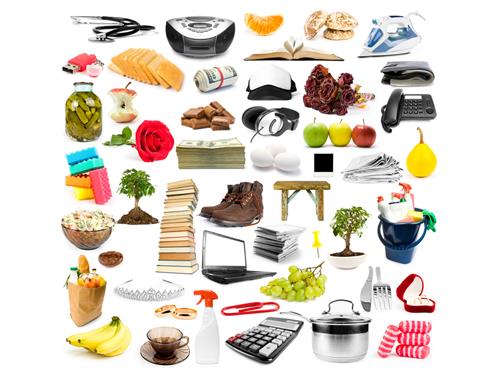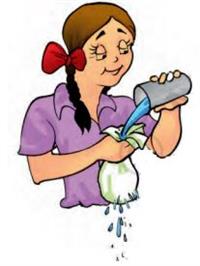
PUMPA - SMART LEARNING
எங்கள் ஆசிரியர்களுடன் 1-ஆன்-1 ஆலோசனை நேரத்தைப் பெறுங்கள். டாப்பர் ஆவதற்கு நாங்கள் பயிற்சி அளிப்போம்
Book Free Demo
Take a look around our surroundings for a moment. We see a variety of materials and objects with various shapes, properties and applications.
We have chairs, a bench, boat cupboard, which are all made of wood. Water containers, lunch boxes, buckets, toys and pipes are made up of plastic. For cooking, we use steel and aluminium vessels. Objects have been grouped based on their shape or the materials they are made of.
We have chairs, a bench, boat cupboard, which are all made of wood. Water containers, lunch boxes, buckets, toys and pipes are made up of plastic. For cooking, we use steel and aluminium vessels. Objects have been grouped based on their shape or the materials they are made of.

Objects we use in daily life
Each of these objects is different and has its own characteristics. We make use of such objects in terms of their properties.
For example, we can use the papers to make notebooks, but we never use them for cooking purposes. Unlike steel or aluminium, papers have flammable properties. When it is introduced into the flame, it will burn. As a result, we are unable to use vessels made of paper. Similarly, we cannot use papers or cloths to carry liquids.
For example, we can use the papers to make notebooks, but we never use them for cooking purposes. Unlike steel or aluminium, papers have flammable properties. When it is introduced into the flame, it will burn. As a result, we are unable to use vessels made of paper. Similarly, we cannot use papers or cloths to carry liquids.

Cloth as a liquid carrier
CBSE class 6 Unit 4 (SORTING MATERIALS INTO GROUP)
So, we must know the properties of an object before using it. In this chapter, we will learn in detail about objects in our surroundings.